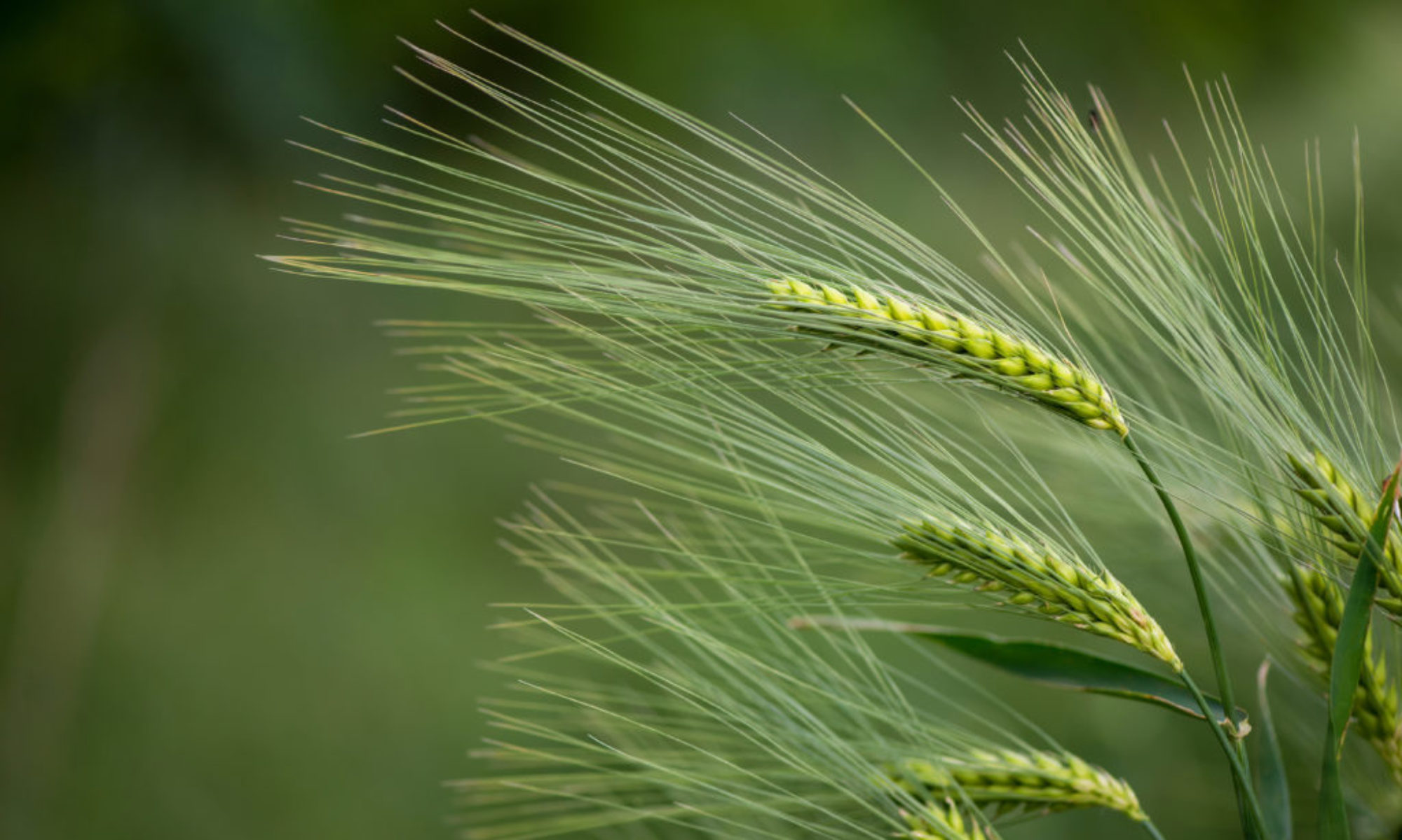History of Barley
Barley (Hordeum vulgare) has been around for thousands of years, and is descended from wild barley (Hordeum spontaneum). Evidence has found the cultivation of barley to date back to 5000 BCE in Egypt and 1500 BCE in China. Once barley was domesticated, it became a staple in many people’s diets as they found it to be health beneficial and nutritious. For example, barley was commonly used to produce beer and bread for ancient Egyptians, and the Greeks would roast it to use for porridge. Roasting the barley grain would produce malt, which would ferment and become slightly alcoholic.
Barley Varieties
Today, barley is the 4th largest grain crop produced and grown globally behind wheat, rice, and corn. There are two varieties of barley: six-row and two-row. Six-row barley contains higher protein content and is used more for animal feed, whereas two-row barley contains higher sugar content and is better used for malt production. As barley was commonly used for breads, flour, and beer thousands of years ago, it’s used today in breads, soups, health products, and malt for alcoholic beverages.
Barley’s Adaptation
Barley is adaptable to various climates and soil types, and can grow in at least 90 day seasons. It has even been found to grow in the Himalayan slopes and desert areas of North Africa, but thrives in cooler, moist areas of western Europe and North America. Its adaptability might explain the increase of barley cultivation thousands of years ago and how it became one of the largest grown grain crops in the world today.
Sources:
